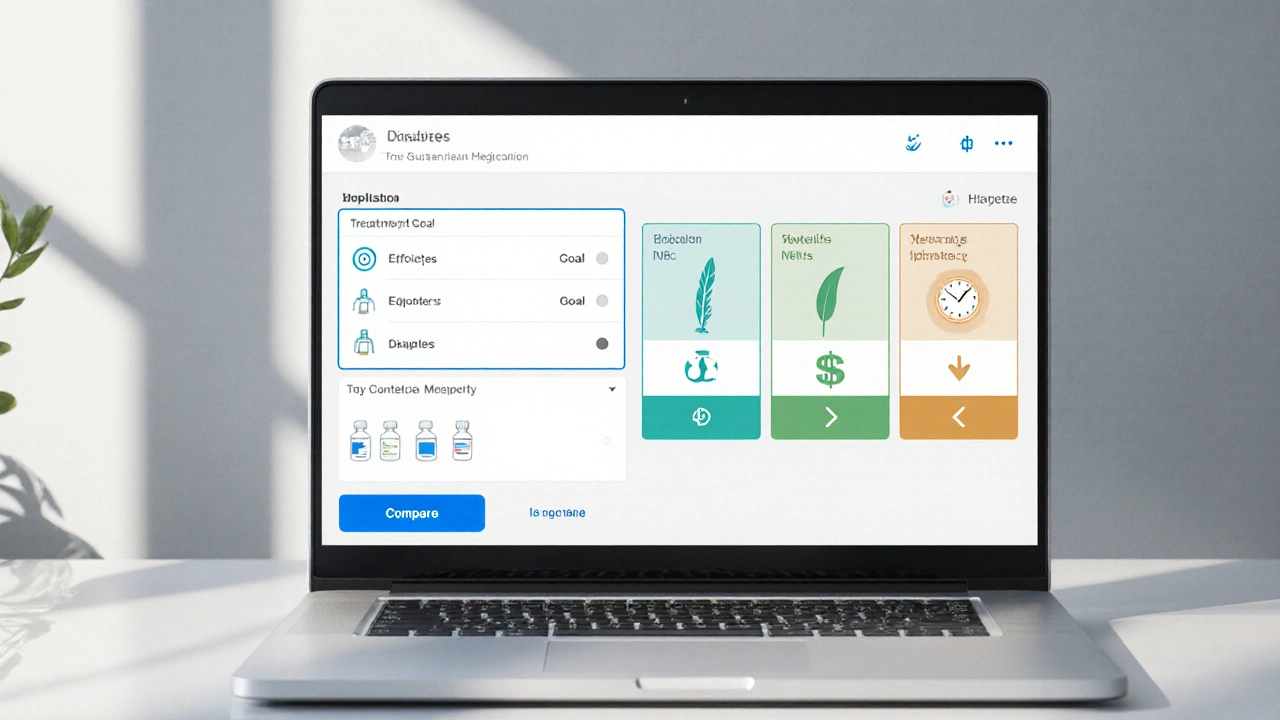Biguanide: What It Is and Why It Matters
When dealing with biguanide, a class of oral anti‑diabetic medications that lower blood sugar by reducing liver glucose production. Also known as biguanide drugs, it plays a central role in modern diabetes care and pharmaceutical revenue. A common example is metformin, the most prescribed biguanide worldwide, praised for its effectiveness and low cost. The drug class is primarily used to treat type 2 diabetes, a condition characterized by insulin resistance and elevated blood glucose levels, and it directly targets insulin resistance, the underlying mechanism that makes cells less responsive to insulin. Understanding these relationships helps you see why biguanides are a go‑to option for doctors and patients alike.
How Biguanides Fit Into the Bigger Diabetes Landscape
Biguanides don’t work in a vacuum. They are part of a broader toolbox that includes sulfonylureas, GLP‑1 agonists, SGLT2 inhibitors, and insulin therapy. Compared to sulfonylureas, biguanides carry a lower risk of causing low blood sugar, which is why many clinicians start treatment with metformin. When it comes to cost, biguanides often win the race; generic metformin can be bought for pennies per dose, a point highlighted in many of our price‑comparison guides. Safety is another strong suit—aside from the well‑known gastrointestinal upset, serious side effects like lactic acidosis are rare when kidney function is monitored. For patients concerned about weight gain, biguanides actually help with modest weight loss, contrasting with some insulin‑based regimens that can add pounds.
Because biguanides are so widely used, they show up in revenue reports, market analyses, and even in our guides on buying cheap generics online. If you’ve read our articles on comparing medication costs or evaluating safety profiles, you’ll notice that biguanides often set the benchmark. For instance, our "Metformin vs. Other Antidiabetics" piece breaks down efficacy, side‑effects, and price points, giving you a clear picture of why the biguanide class dominates prescription charts. The same logic applies when you’re looking at drug‑revenue trends – biguanides contribute a steady stream of sales due to their massive patient base and long‑term usage.
Practical tips matter too. If you’re picking up a biguanide prescription, start with a low dose to let your stomach adjust, then gradually increase as your doctor advises. Pair it with a balanced diet and regular exercise for the best glucose control. Keep an eye on kidney function tests, especially if you’re over 65 or have a history of renal issues. And when you’re searching for the best price, check reputable online pharmacies that verify licenses and offer price‑matching – the same steps we outline in our "Buy Cheap Generic Metformin Online" guide. By following these simple steps, you’ll maximize the benefits of biguanides while minimizing risks and costs.
Now that you’ve got a solid grasp of what biguanides are, how they work, and why they’re a staple in diabetes care, you’ll find the articles below dive deeper into specific comparisons, safety reviews, and buying guides. Whether you’re curious about the latest cost‑saving hacks or need a side‑by‑side look at biguanides versus newer drug classes, the collection ahead has you covered.
Glycomet SR vs Alternatives: In‑Depth Comparison for Type2 Diabetes
A detailed comparison of Glycomet SR (sustained‑release metformin) with other diabetes drugs, covering efficacy, side effects, cost, and when each option fits best.
